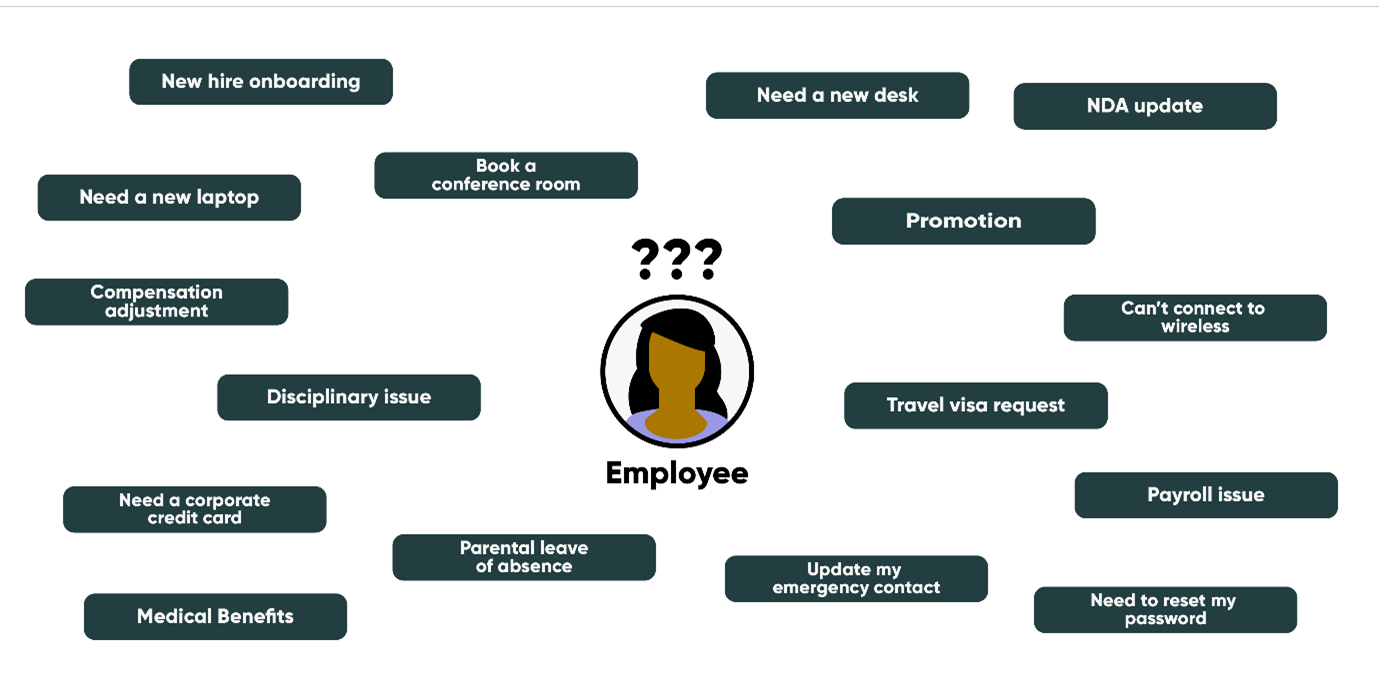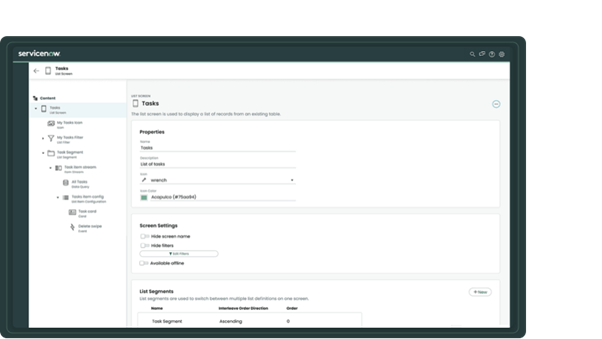ServiceNow’s latest Rome release brings features and capabilities that go beyond its core IT Service Management offerings and continue to position itself as a "platform of platforms." Apart from app development, employee engagement and automation, the Now Platform’s focus in its Rome release tackles the challenges of the emerging hybrid work era. Whether it is scaling automation and app development, managing employee fatigue, or adapting to changing business models, the latest version of the Now Platform enables businesses to handle these problems at scale. While it has a plethora of new features and functionalities, this blog attempts to highlight the key ones.
HR Service Delivery
Employee Center, now available in the ServiceNow Store, provides a unified portal for multi-department service delivery including HR, IT, Legal, Procurement and Workplace Services. With all information available through a single connected interface, employees can quickly access the information they require instantly thus reducing application fatigue. Dynamic, personalized pages on topics created from curated information and services can be of great help to employees by providing information in response to questions they might have or services they require.
The addition, Employee Journey Management can provide an enhanced experience to both employees and managers or HR teams. Work transitions such as onboarding, change of roles, offboarding which typically are cross-departmental processes can now be streamlined and offer employees a connected experience. Even non-technical employees can provide personalized employee journeys and workflows.
To support a hybrid workforce, new ServiceNow features enable employees to make requests, receive notifications and interact with virtual agents. Integration with Microsoft Teams helps employees collaborate efficiently and allows the HR team to address employee requests and interact with them within the platform.
Automation and AI Enhancements
Automation is becoming increasingly important in the hybrid work era and shortage of talent. Automation Discovery identifies opportunities where automation solutions can be leveraged to speed up and streamline work. This includes a host of ServiceNow applications including Virtual Agent and Agent Assist. Enhancements in Virtual Agent such as asynchronous chat, conversation analytics and Virtual Agent Designer simplify user and developer experiences.
New AI Search enhancements provide secure and improved search capabilities to users from a unified portal. Health Log Analytics extends the previously introduced ITOM Predictive AIOps (Quebec Release) to preempt incidences by being able to detect issues before they arise and impact the user. With the help of ML (Machine Learning) and AIOps, anomalies can be detected in a timely manner lowering the Mean Time to Repair (MTTR) as well as ensuring the digital services are delivered without interruption.
Mobile Experiences
With employees operating in a hybrid work model, splitting their work hours between home and office, having access to the company’s digital services via mobile has created an increased need for mobile apps.
ServiceNow’s Mobile App Builder empowers developers to quickly build iOS and Android apps from an easy-to-use and powerful interface. Enhancements in Now Mobile Platform seek to make access to digital services seamless.
ServiceNow Mobile App Builder | Image: ServiceNow
Customer Experiences
Rapid digitization has led consumers to expect superior digital experiences. Businesses must scale up their services to meet customer needs. Customer service teams should have access to requisite information to respond to customer queries and resolve their issues from anywhere. The Rome release focuses on this need and its new Playbooks for Customer Service with features to help customer service teams and agents quickly resolve issues and provide improved experiences.
Conclusion
The ServiceNow Rome release features new features and enhancements, focusing on how business can the solve challenges of the hybrid work era.


















